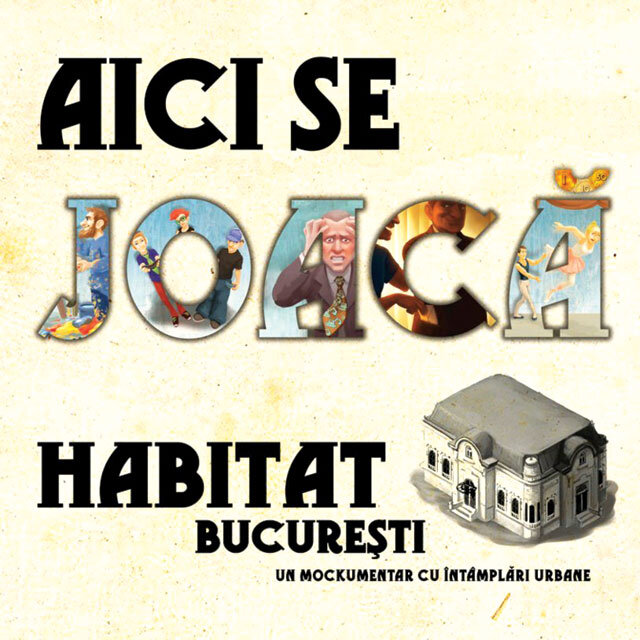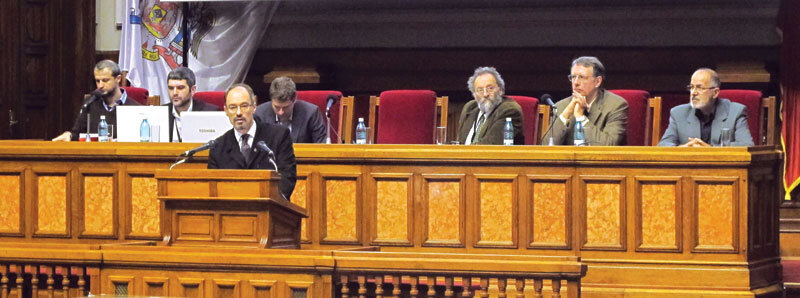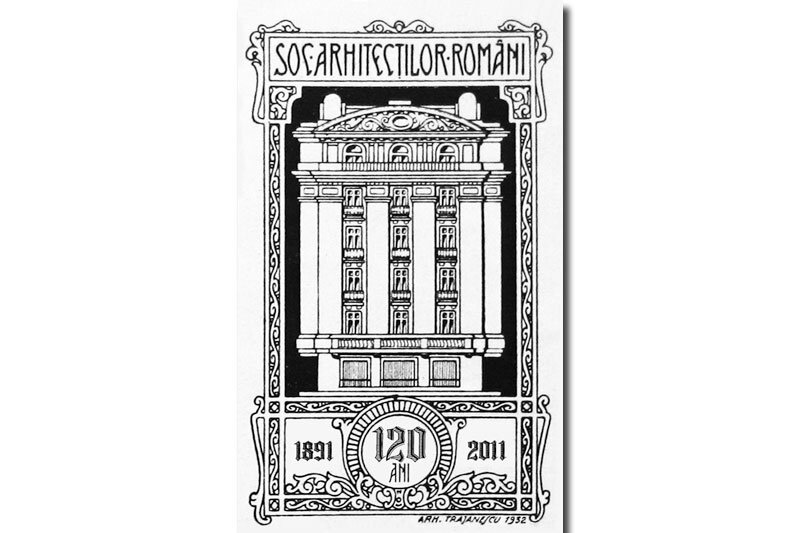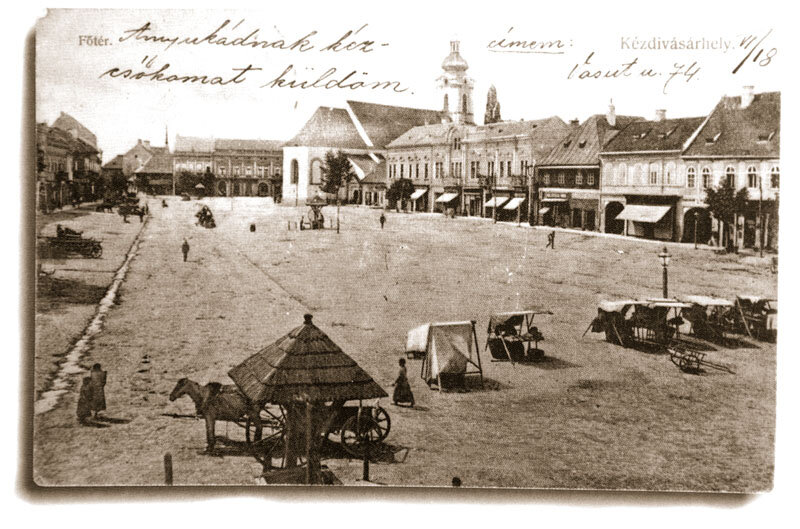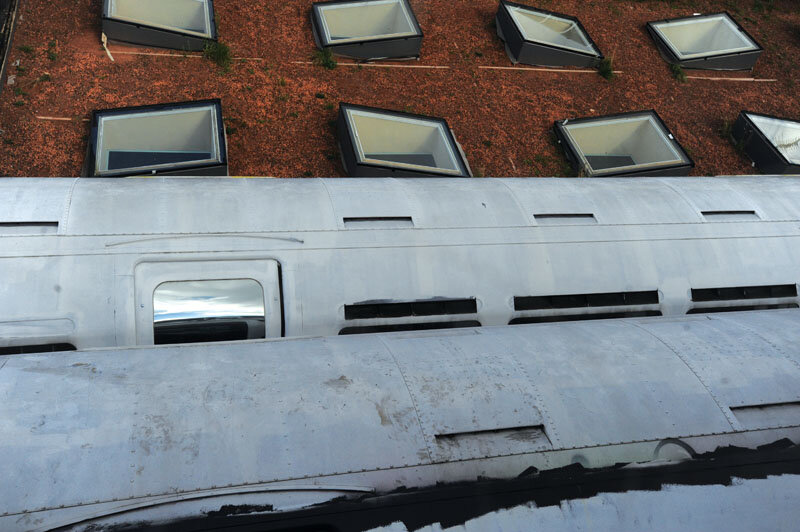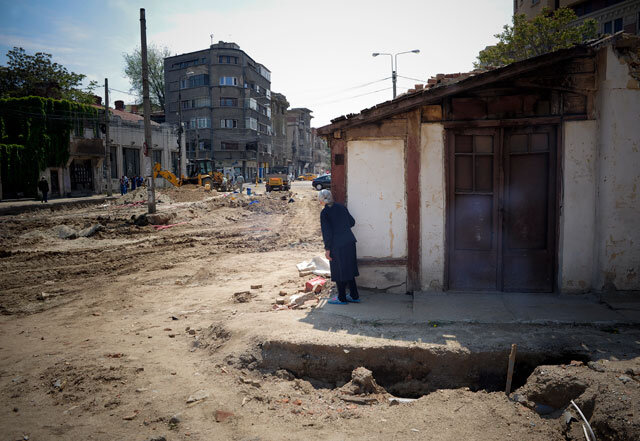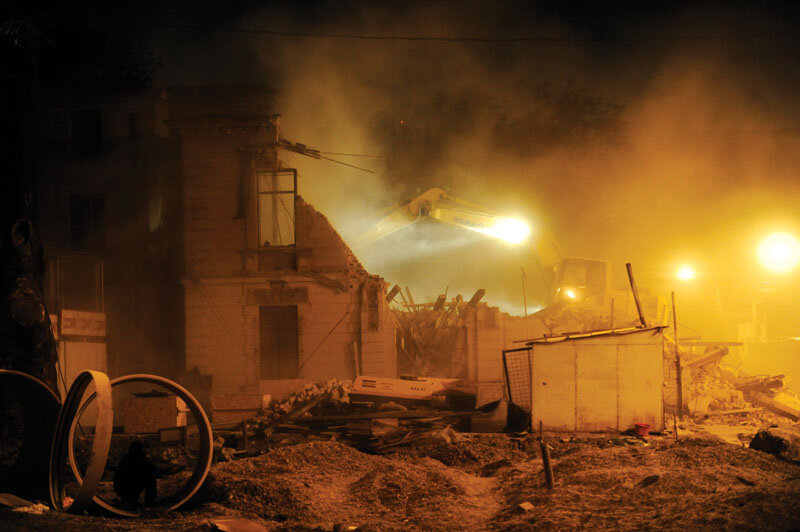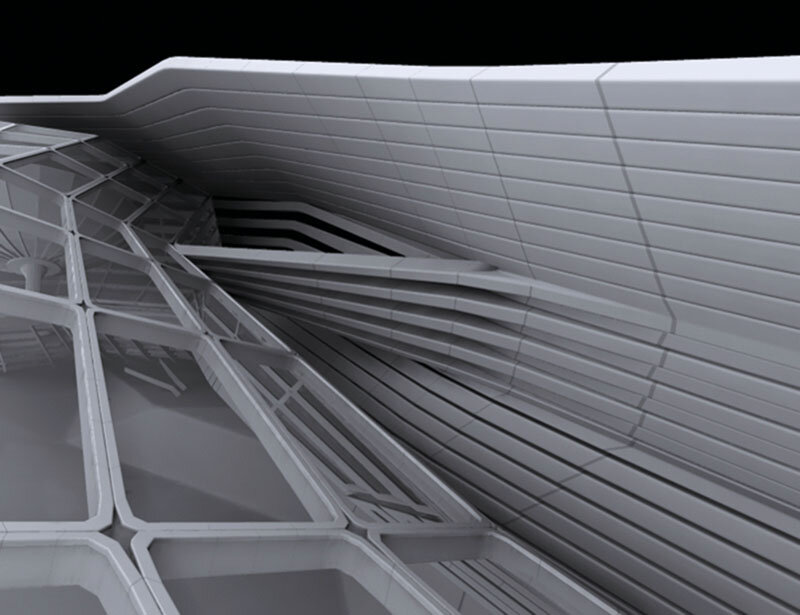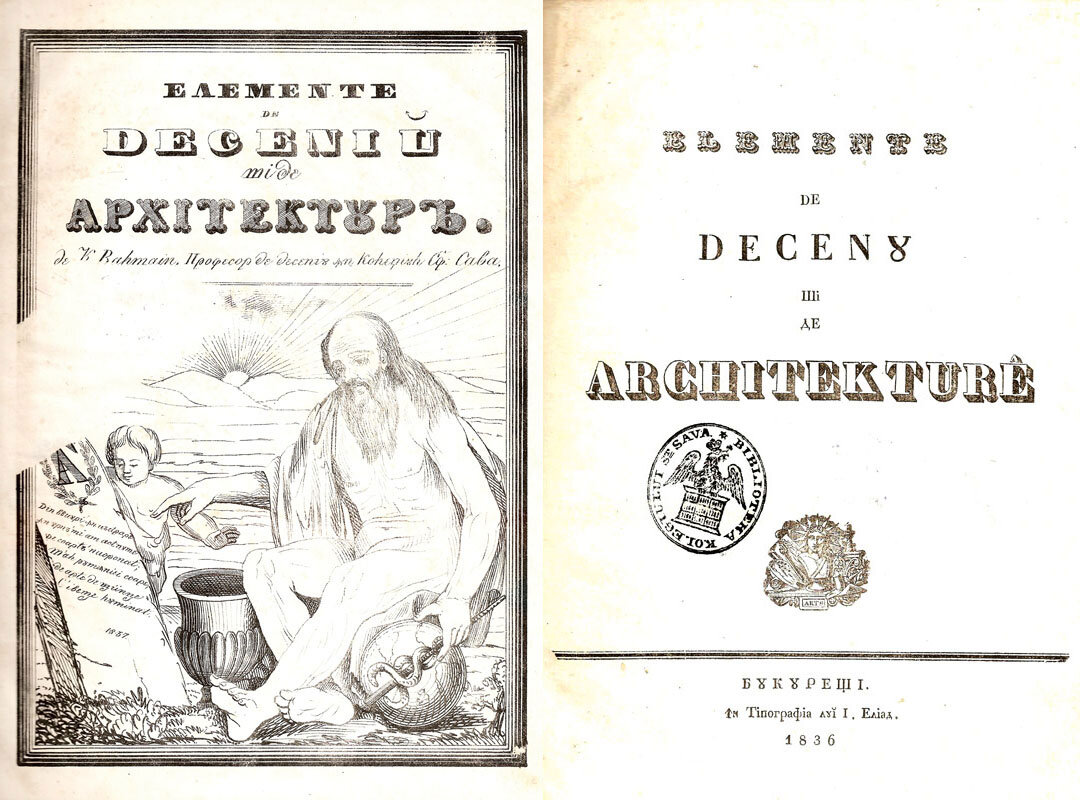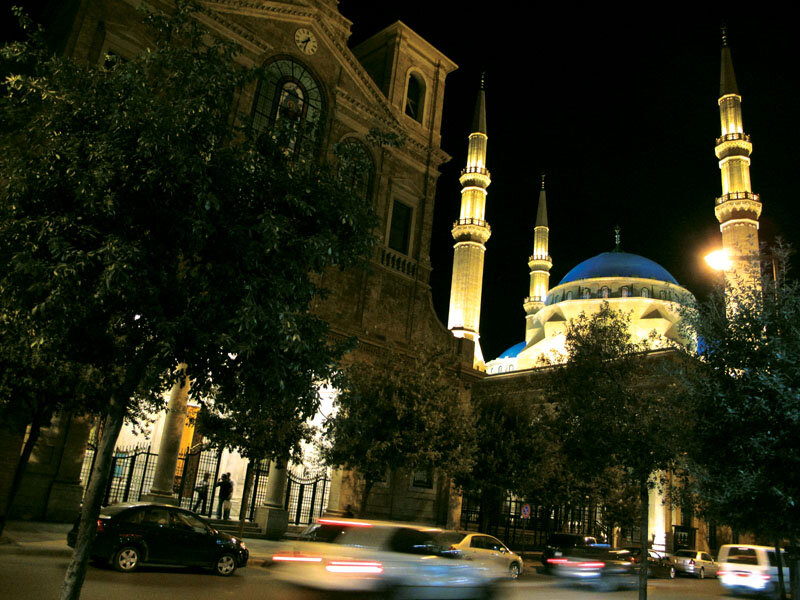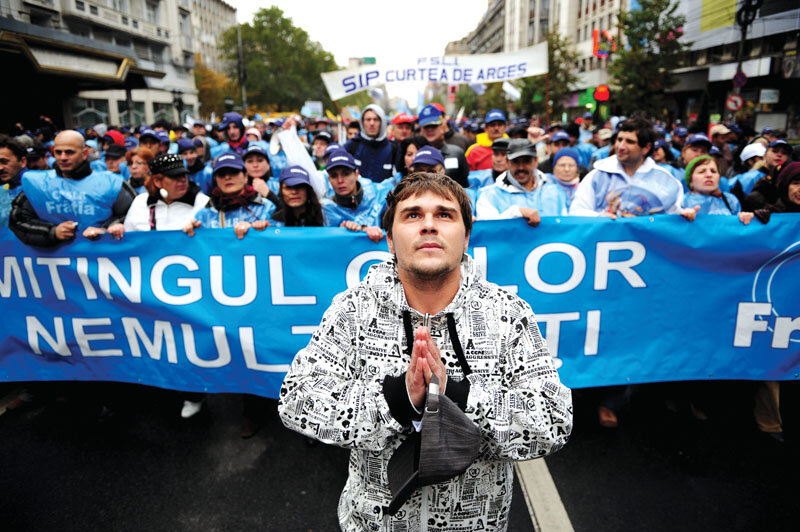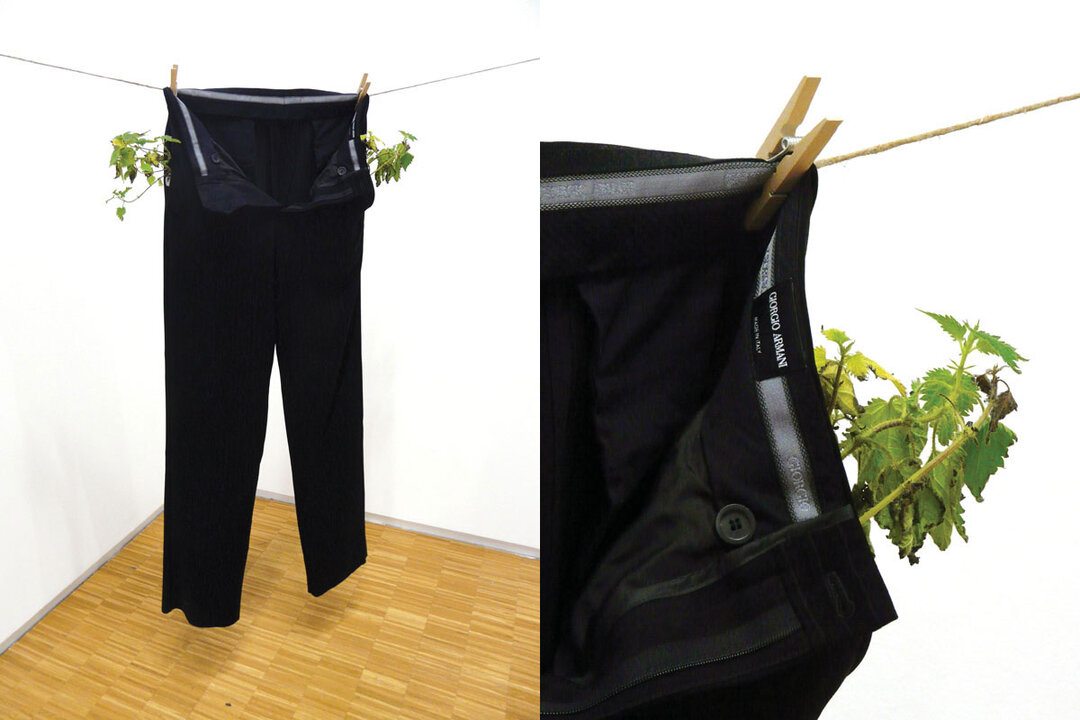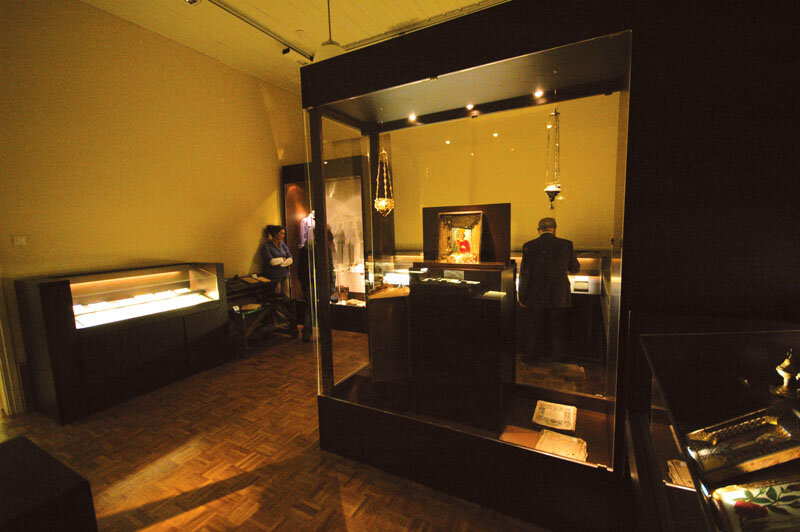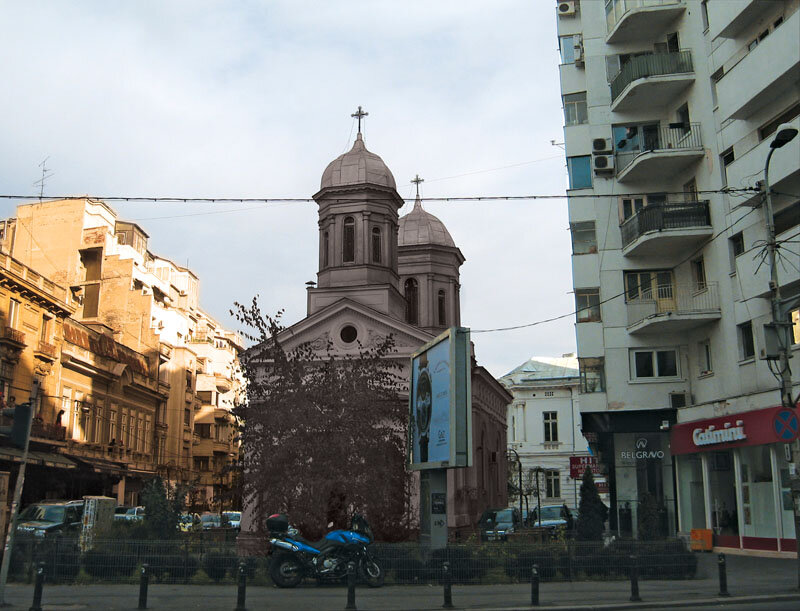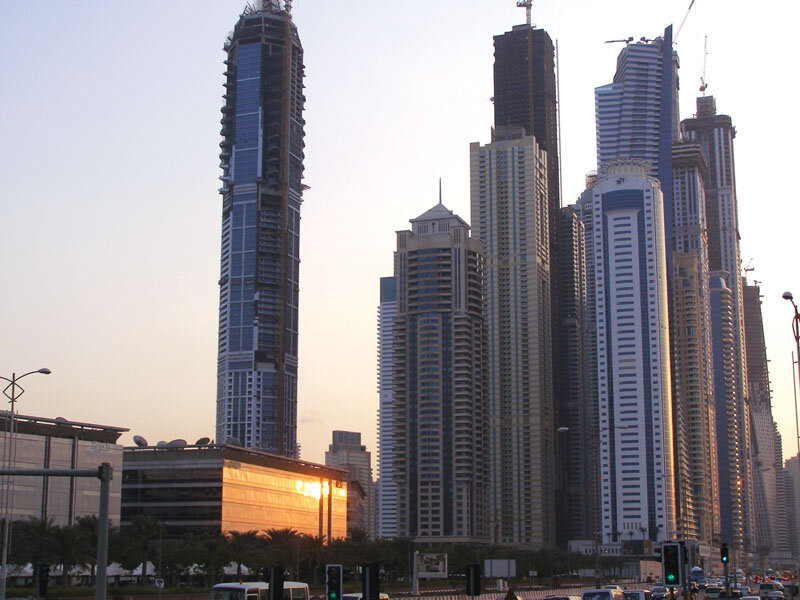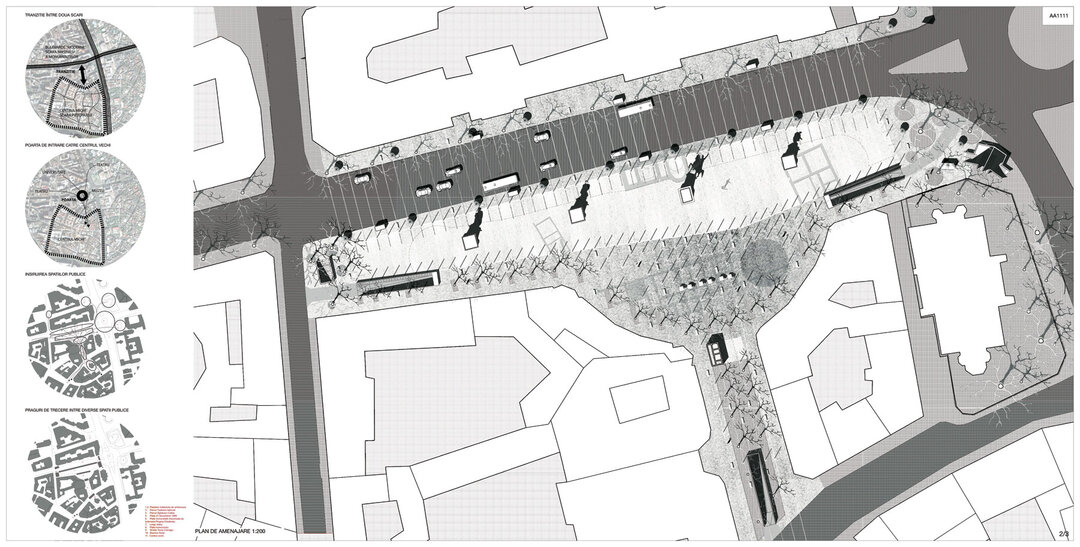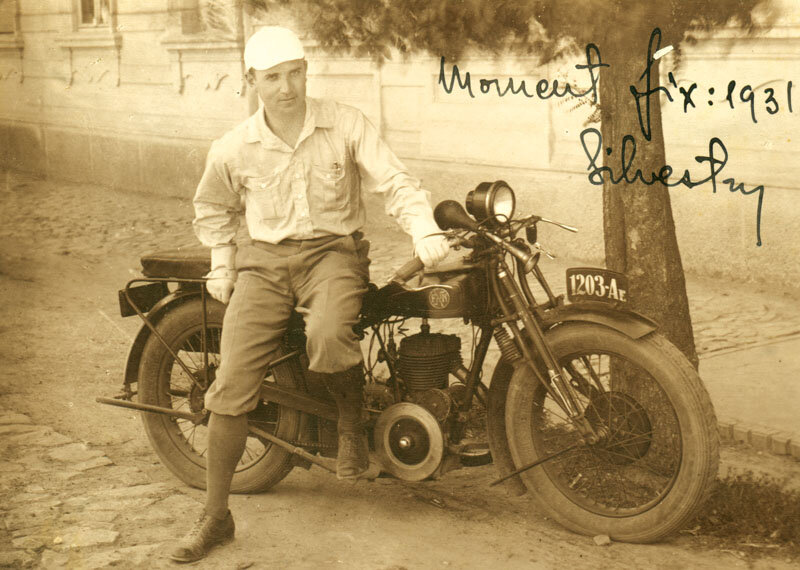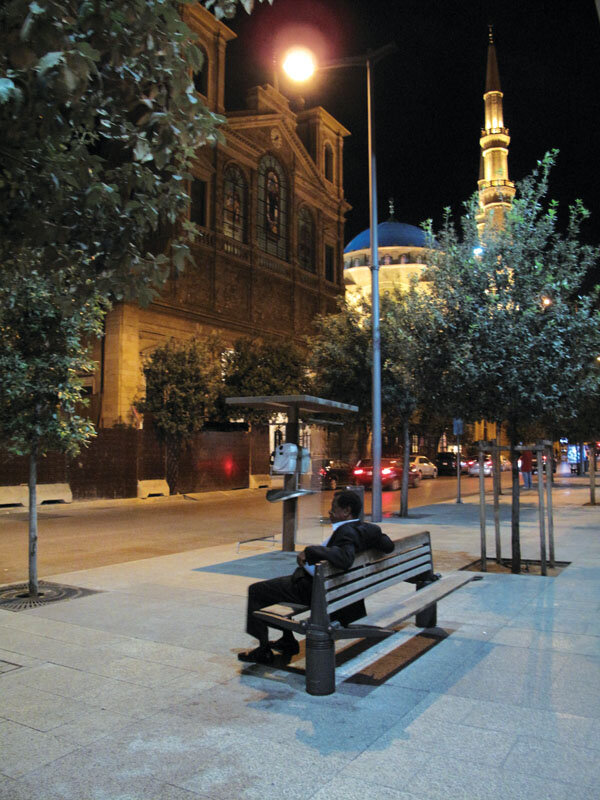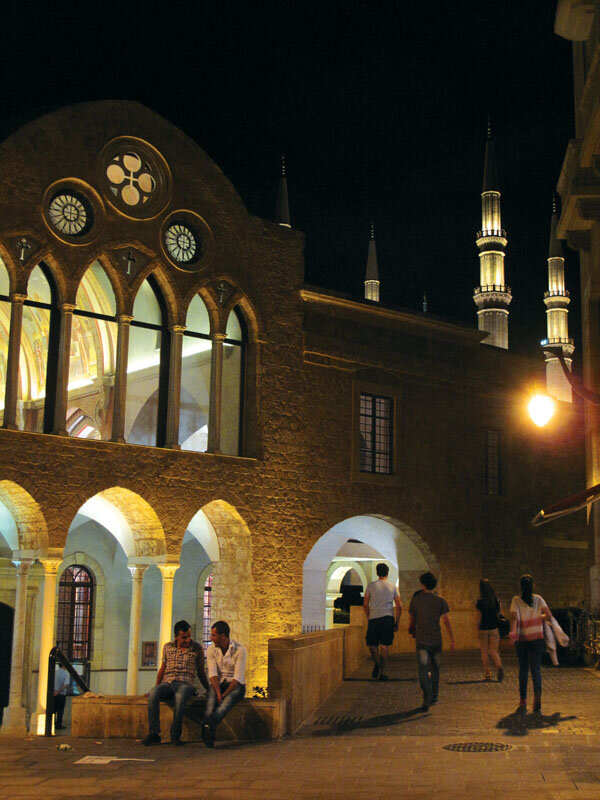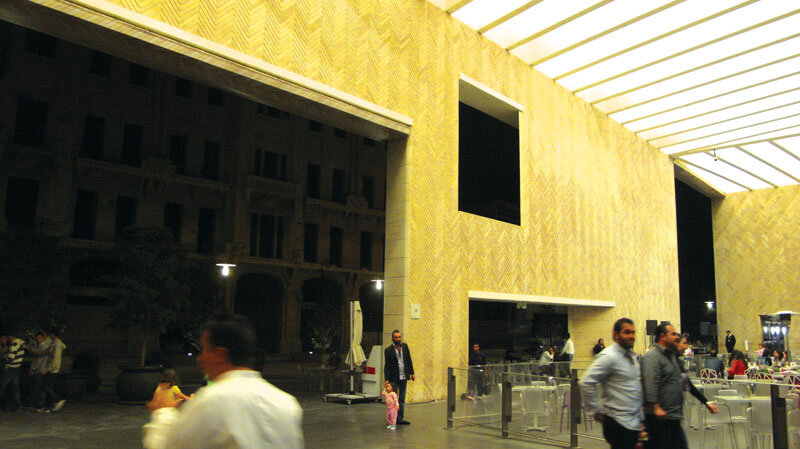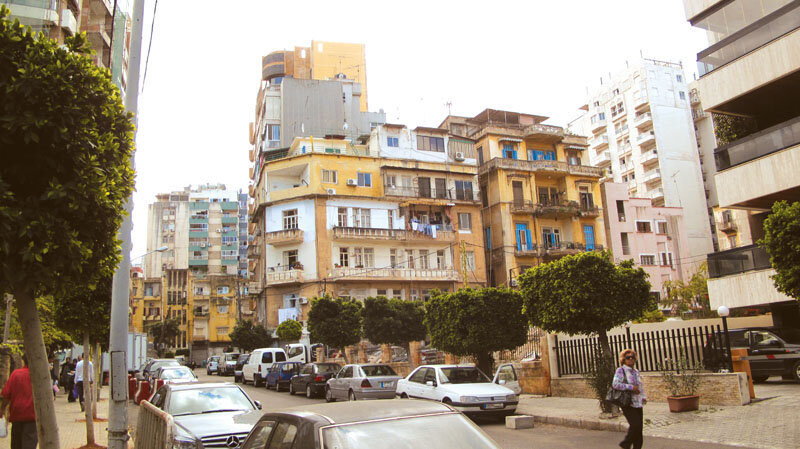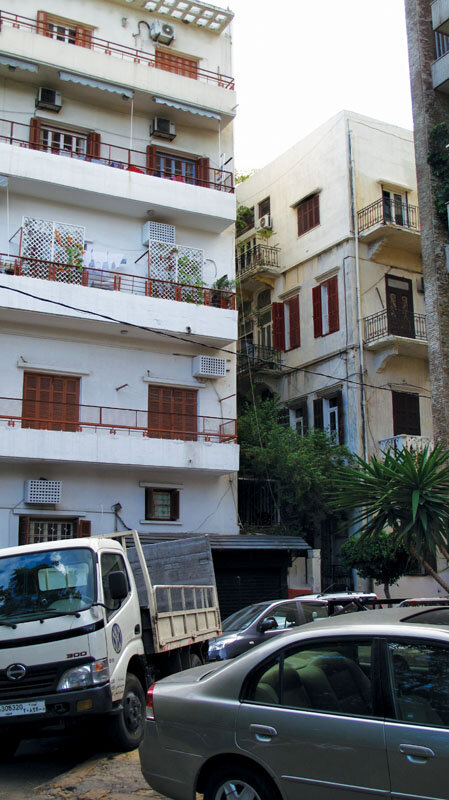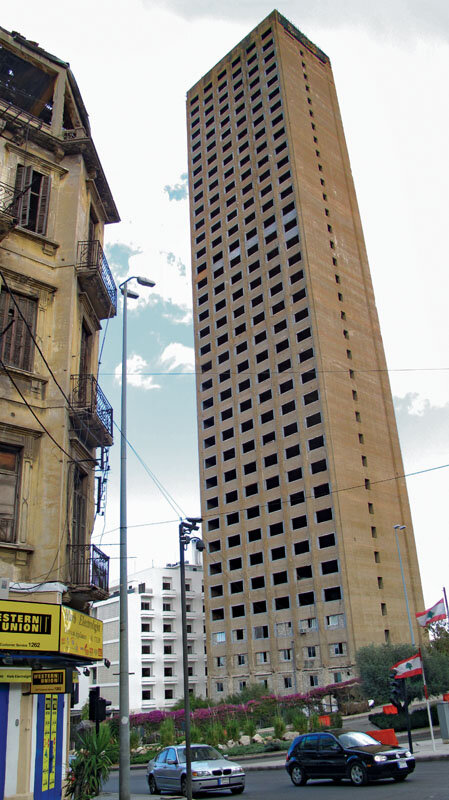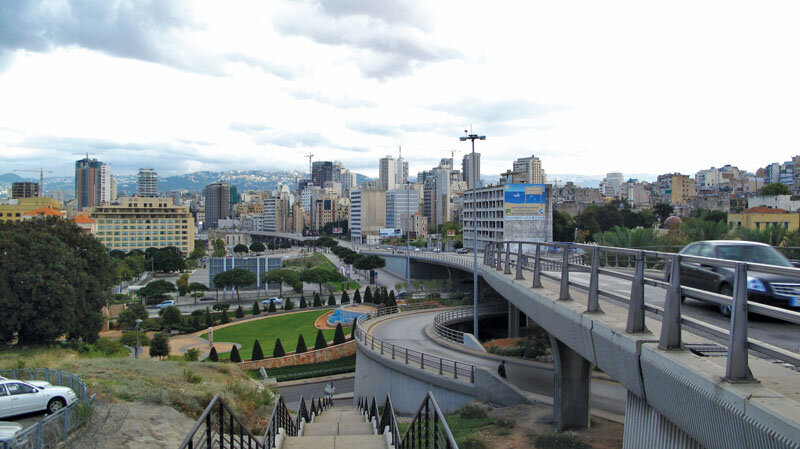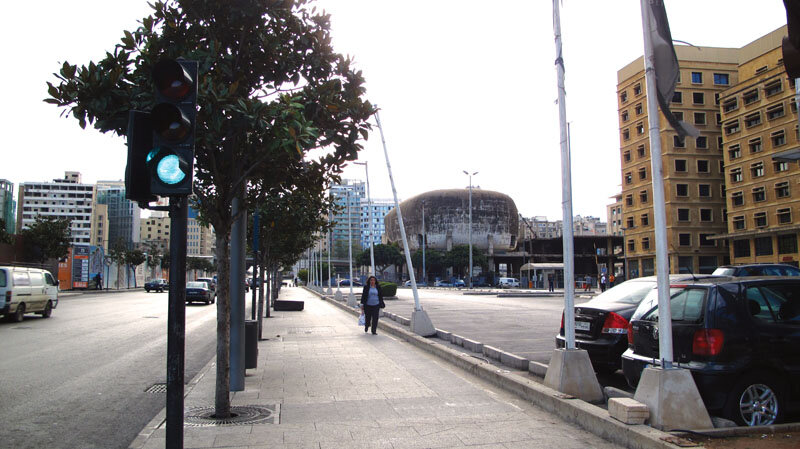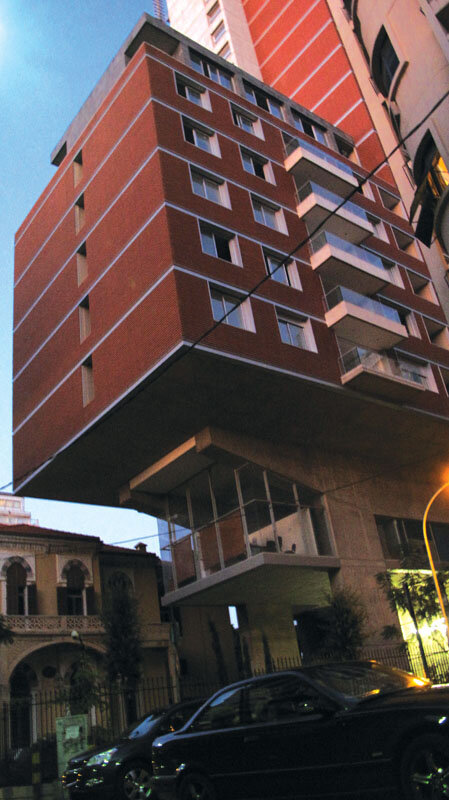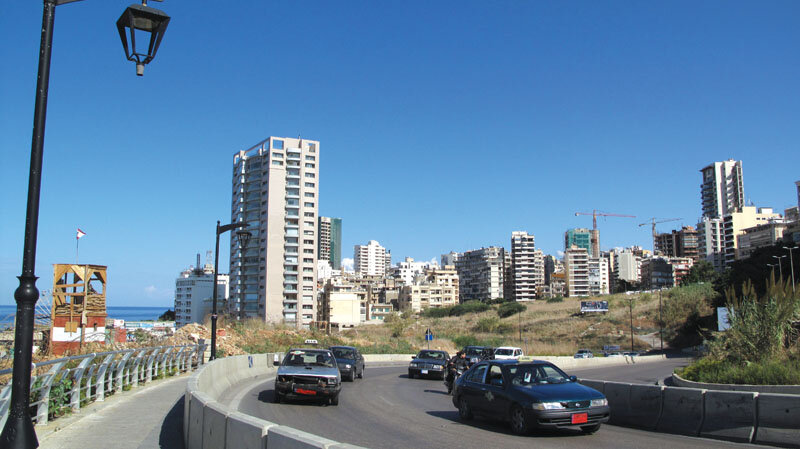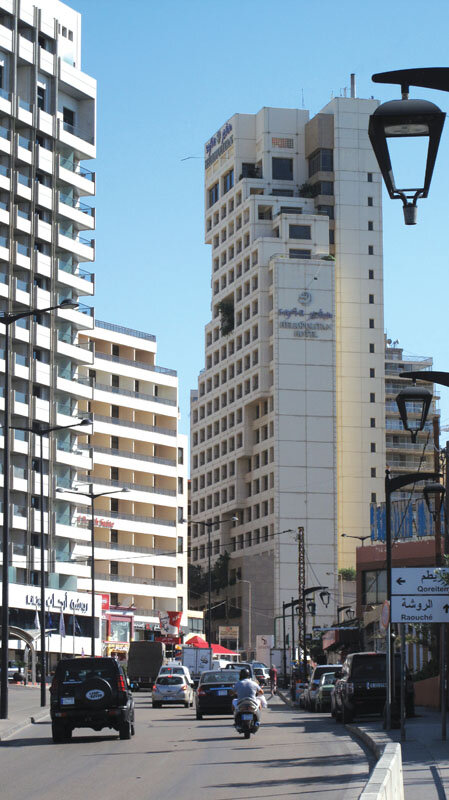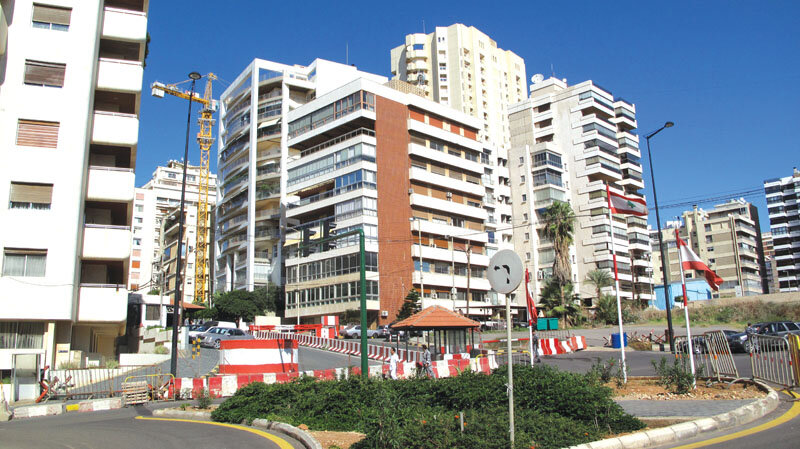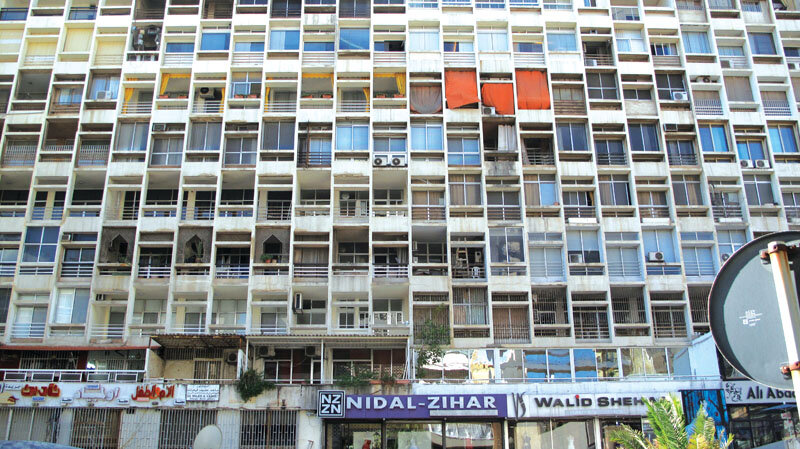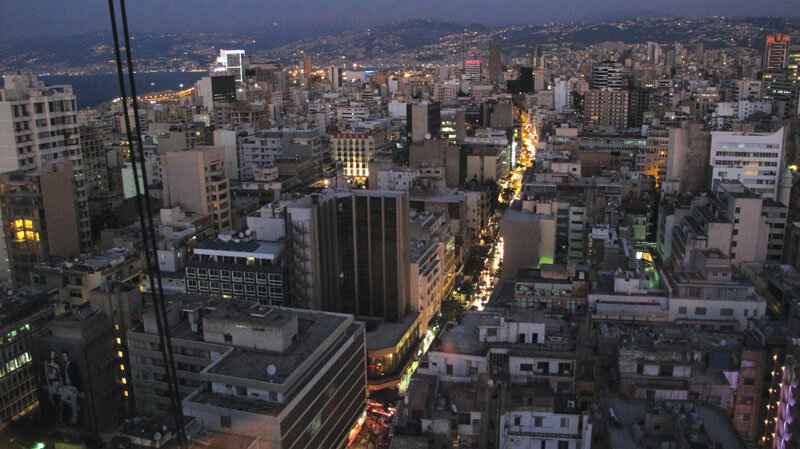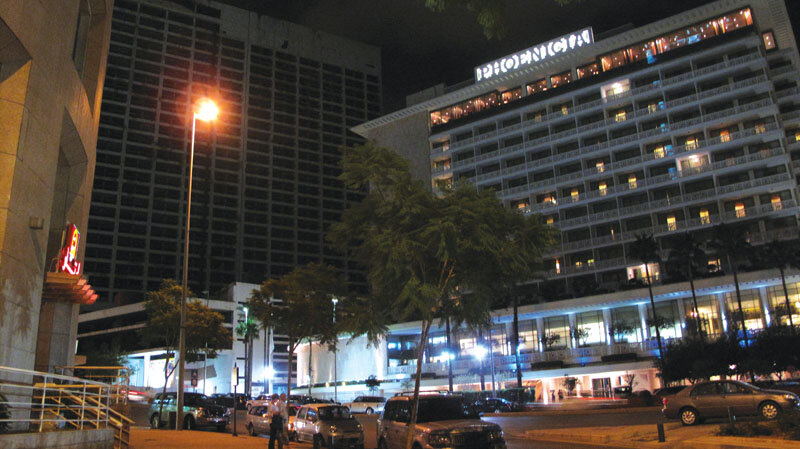
Negocieri și compromisuri - kiss me, thrill me, kill me, build me Beirut
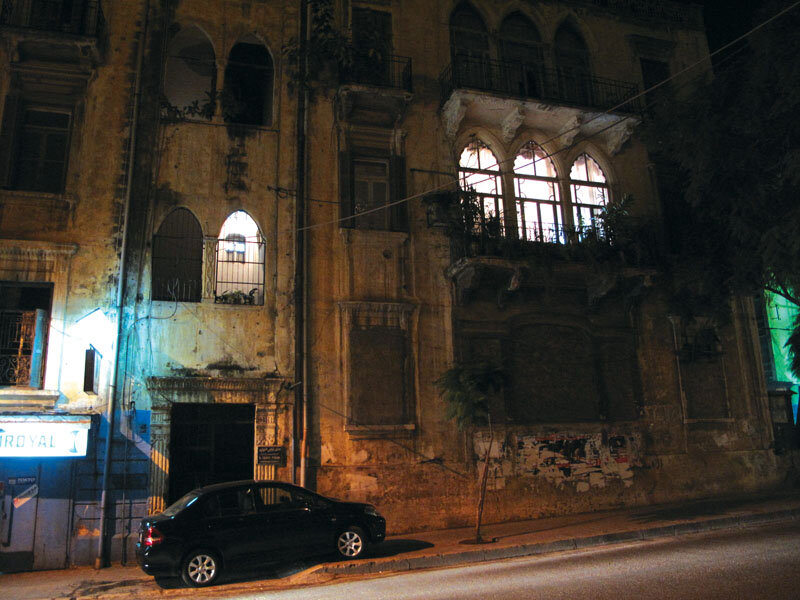
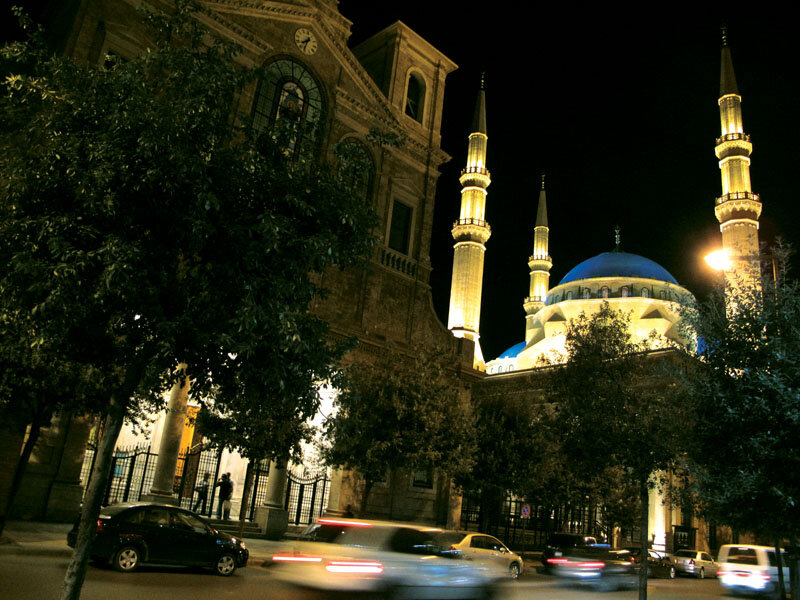
Negotiation and compromise - kiss me, thrill me, kill me, build me Beirut
| Beirutul are multă poezie în el, derivată din mixajul traficului și densității orientale cu glitterul și ordinea formal antiseptică occidentală.Haosul oriental se regăsește doar la nivel de mașini și construcții care răsar din orice pantă, orice loc liber: densitatea, la ochi, este de trei ori mai mare decât cea a Istanbulului, extrudată la o medie de 8 etaje și vârfuri de 30. Oameni nu prea vezi pe străzi și, de altfel, se înțelege repede de ce „pietonajul” nu e sport civic: trotuarele sunt blocate de bariere, check-pointuri, garduri, sârmă ghimpată, ceea ce anulează orice tentativă de a ajunge drept de la A la B. La intersecții sunt militari, cărători de mitraliere și kalașnikovuri, ce stau pe scaune de plastic și se joacă pe telefon, cu schimbul. E vreme de pace.
Altfel rarii pietoni, sigur turiști, sunt motiv de bucurie: taxiurile claxonează la fiecare persoană văzută, vânează clienți și asta devine un fel de salut tradițional. Infrastructura se integrează în tradiția improvizației funcționale: transportul public înseamnă, de fapt, minivanuri Mitsubishi, care nu au un traseu prestabilit. Primul urcat comandă destinația, și pe traseu se alătură - contra claxon - și alții ce au aceleași intenții, și tot așa: spirit de comunitate ce se naște din scopuri comune. Este frumos că se aud pe rând clopotele bisericilor și chematul muezinilor, că localnicii vorbesc în trei limbi simultan, ca un fel de dialect, dar, dacă sunt luați la povestit într-una singură, se pierd timizi. |
| Citiți textul integral în nr 6 / 2011 al Revistei Arhitectura. |
| Beirut has plenty of poetry, derived from mixing oriental traffic and density with western glitter and antiseptic formal order.Oriental chaos mostly governs car driving and constructions: its density may match Istanbul’s times three, extruded to an 8 floor blanket, with peaks of 30-ish floors. There are few people walking down the streets, and that is easily explained by the multitude of obstacles laid between point A and B: barriers, check-points, fences, barbed wire; a line is never straight in Beirut. Most crossroads are guarded by the military, carrying machineguns, sitting on plastic chairs and taking turns to playing cellphone games. It is peaceful.
The rare pedestrians though, mostly courageous and unaware tourists, are a reason for joy: cabs honk at each seen individual, hunting for customers. Somehow, poetically put, it is the city’s greeting. Infrastructure follows the tradition of improvised functionality: public transportation uses Mitsubishi minivans that have no predetermined paths: the first one on gives the destination and all that follow are taken on if meeting the intention: thus community spirit sprung from common goals is enhanced. Beirut holds a special beauty in hearing both church bells and the call of muazzins, and also in the tongue of its locals: they rapidly mix English, French and Arabic as a dialect, but get confused when asked to only reccount in one language. |
| Read the full text in the print magazine. |

